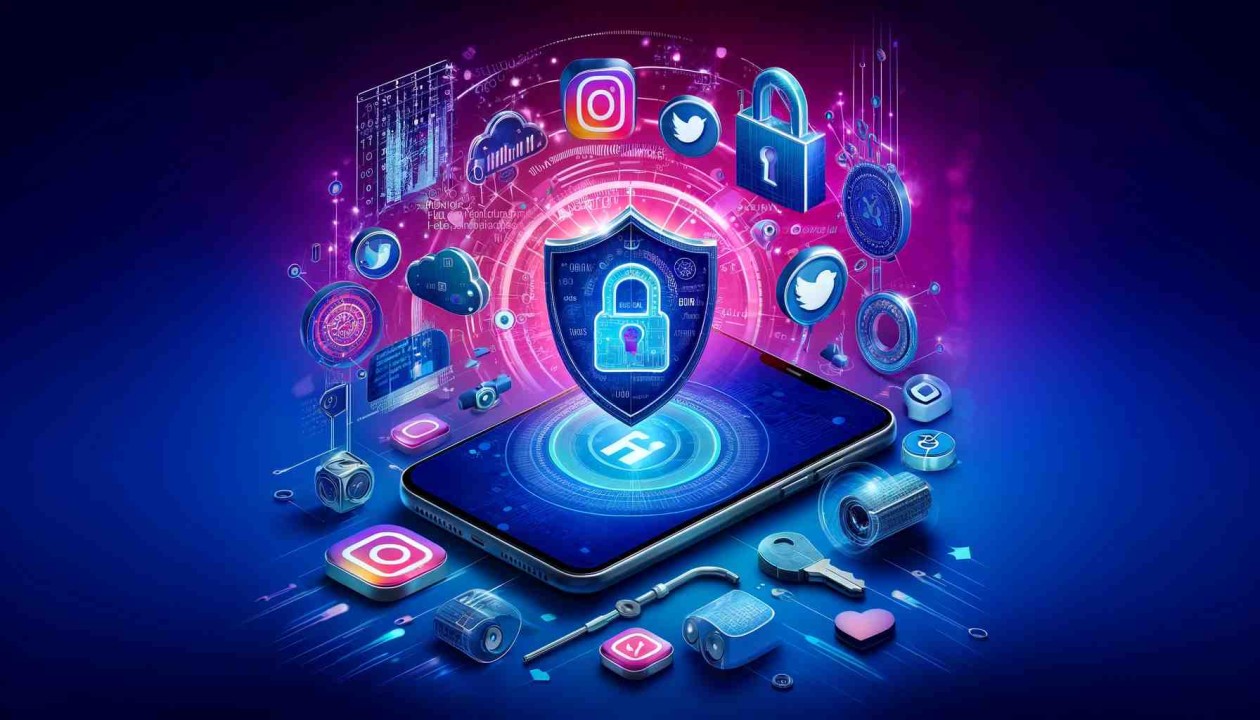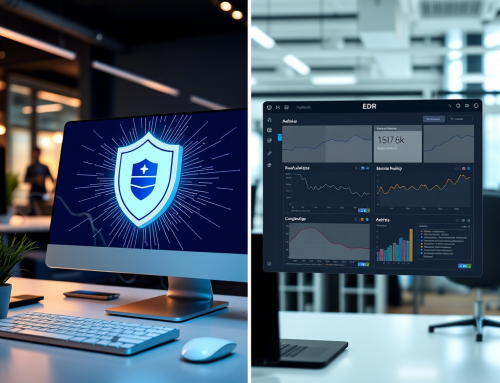Social media platforms have become an integral part of both our personal and professional lives. From sharing daily updates to building brand recognition, these platforms offer incredible opportunities. However, they also come with significant risks. For IT security experts and cybersecurity learners, safeguarding social media accounts is not just crucial; it’s essential. Whether you’re a business protecting sensitive data or an individual with a large following, taking proactive steps to secure your accounts can prevent costly breaches. Here’s a detailed guide to help you keep your social media accounts secure.
Why is Securing Social Media Accounts Important?
Social media accounts are more than just communication tools; they are gateways to personal data, professional files, and sometimes, customer information. Imagine a hacker gaining access to an influencer’s account with millions of followers or a company’s Twitter handle. These breaches often lead to brand reputation damage, data theft, and financial loss.
For professionals and businesses, ensuring social media security also means safeguarding proprietary data and preventing unauthorized access that could disrupt operations. By taking the right precautions upfront, you can minimize vulnerabilities and build a strong foundation for account security.
Common Security Threats on Social Media
To effectively protect social media accounts, it’s crucial to understand the common threats they face. Some of the most significant include:
- Phishing Scams: Sophisticated hackers often send emails or messages designed to trick users into giving away login credentials. These messages typically mimic legitimate notifications from the social platform.
- Unauthorized Access: Weak passwords and lack of two-factor authentication make it easier for attackers to break into accounts.
- Malware Links: Cybercriminals use malicious links or attachments to compromise devices and steal account information.
- Social Engineering Attacks: Through deceptive interactions, attackers manipulate individuals into divulging sensitive information, like passwords or security codes.
Understanding these threats allows you to proactively guard against them.
Best Practices for Securing Social Media Accounts
1. Use Strong, Unique Passwords
One of the simplest yet most effective ways to secure your accounts is to create strong, unique passwords. Avoid using easily guessable passwords like birthdates, names, or predictable phrases. Instead, follow these tips:
- Use a combination of uppercase and lowercase letters, numbers, and symbols.
- Create passwords that are at least 12 characters long.
- Never reuse the same password across multiple accounts.
- Consider using a password manager to generate and securely store unique passwords.
2. Enable Two-Factor Authentication (2FA)
Two-factor authentication adds an additional layer of security to your accounts by requiring a second form of verification, such as a one-time code sent to your phone or email. Platforms like Facebook, Twitter, LinkedIn, and Instagram offer this feature. Once 2FA is activated, even if someone obtains your password, they can’t access your account without the secondary verification method.
3. Regularly Update and Review Privacy Settings
Social media platforms frequently update their privacy settings, and failing to review these changes can leave you vulnerable. Schedule time every few months to:
- Adjust who can see your posts and personal information.
- Limit access to your account to trusted individuals.
- Disable unnecessary third-party app integrations.
4. Avoid Suspicious Links and Messages
Hackers often exploit curiosity and urgency to lead users into clicking malicious links. Always:
- Be skeptical of unsolicited direct messages or emails claiming urgent requests.
- Verify links by hovering over them to check their source before clicking.
- Avoid downloading unknown attachments, even from seemingly trusted sources.
5. Stay Updated on Platform Security Features
Social media platforms continually roll out new security features to protect users. For example, Facebook and Instagram provide login activity reports, while LinkedIn offers an account lock feature when suspicious activity is detected. Stay informed about these updates and make full use of the security features available.
6. Educate Employees and Team Members
For organizations, protecting social media accounts requires a team effort. Conduct regular training sessions to educate employees about:
- Using strong passwords and enabling 2FA.
- Recognizing phishing attempts and social engineering attacks.
- Reporting any suspicious activity immediately.
Consider creating clear social media account policies and guidelines for employees to follow when managing corporate accounts.
Real-Life Example of Social Media Security Practices
One notable example of strong social media security is the case of a leading multinational brand (e.g., Starbucks). After becoming a target of phishing attacks, the company implemented mandatory 2FA for all employees handling social media accounts. Additionally, it provided extensive training on identifying and avoiding phishing scams. These measures prevented further breaches, and the company successfully safeguarded its reputation and customer trust.
Wrapping Up
Securing your social media accounts isn’t optional; it’s a necessity for both personal and professional cybersecurity. By implementing best practices—such as strong passwords, two-factor authentication, regular privacy checks, and staying vigilant against suspicious links—you can significantly reduce risks. For organizations, fostering a culture of security awareness and training employees can further strengthen your digital defense.





